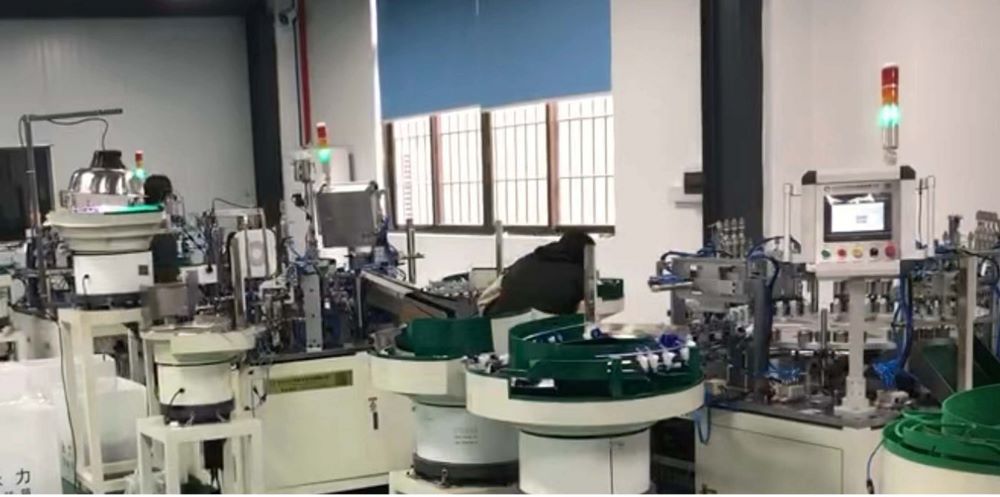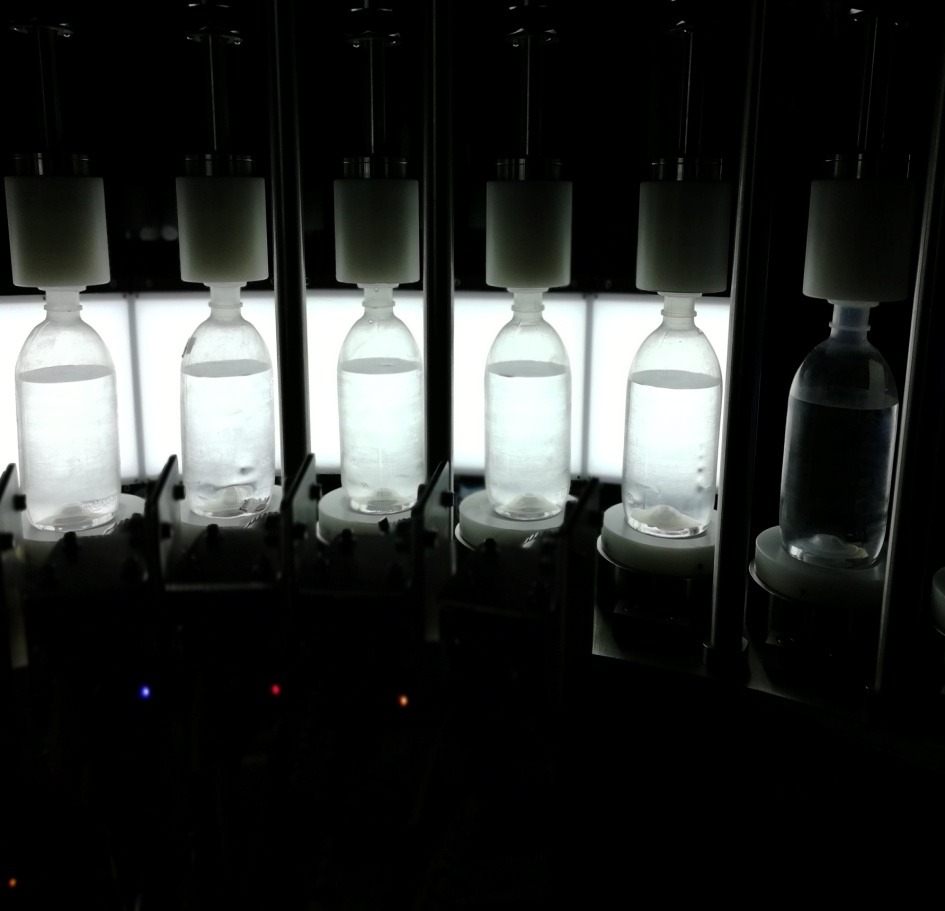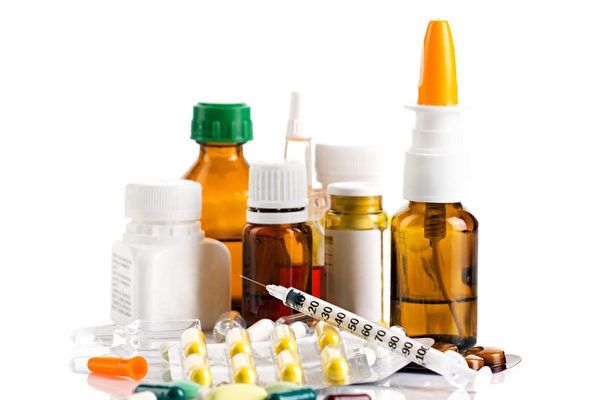Introduction:
In the pharmaceutical industry, precision and efficiency are paramount, especially when it comes to aerosol delivery systems. Aerosol valves play a crucial role in ensuring the accurate dispensing of medications, making the assembly process a critical aspect of pharmaceutical manufacturing. In this comprehensive guide, we’ll explore the various techniques and considerations involved in pharmaceutical aerosol valve assembly, from design to production and quality control.
Understanding Aerosol Valve Assembly:
Before delving into assembly techniques, it’s essential to understand the components of a pharmaceutical aerosol valve and their functions. Typically, an aerosol valve assembly consists of several key components, including the valve stem, gaskets, mounting housing, spring, housing, dip tube, and actuator. Each component plays a specific role in regulating the flow of medication and ensuring the integrity of the product.
Design Considerations:
The design phase is a crucial step in the aerosol valve assembly process. Design considerations include factors such as compatibility with different formulations, ease of assembly, regulatory compliance, and user-friendliness. Engineers must carefully evaluate these factors to develop a valve assembly that meets the requirements of pharmaceutical products while maintaining efficiency and reliability.
Injection Moulding Techniques:
Injection moulding is a common manufacturing process used to produce components of aerosol valves, such as valve stems, gaskets, and housing. This technique involves injecting molten material into a mould cavity, where it solidifies to form the desired shape. Precision and consistency are essential in injection moulding to ensure that each component meets the required specifications and tolerances.
Stamping and Forming:
Stamping and forming techniques are used to produce components that require specific shapes or features, such as mounting housings and actuators. Stamping involves cutting or shaping metal sheets using a die and press, while forming techniques such as deep drawing are used to create complex geometries. These techniques require meticulous attention to detail to achieve precise dimensions and surface finishes.
Assembly Methods:
Once the individual components are manufactured, they must be assembled into a functional aerosol valve assembly. Various assembly methods may be employed, including manual, semi-automated, and fully automated processes. Manual assembly offers flexibility but may be labor-intensive and prone to human error. Semi-automated and fully automated assembly lines improve efficiency and consistency but require significant investment in equipment and infrastructure.
Quality Control Measures:
Quality control is a critical aspect of pharmaceutical aerosol valve assembly to ensure that the final product meets the required standards for safety, efficacy, and regulatory compliance. Quality control measures may include visual inspection, dimensional checks, functional testing, and leak testing. These measures help identify and rectify any defects or discrepancies before the product reaches the market.
Regulatory Compliance:
Pharmaceutical aerosol valve assembly must adhere to strict regulatory requirements imposed by regulatory authorities such as the FDA (Food and Drug Administration) and EMA (European Medicines Agency). Compliance with regulations ensures the safety, efficacy, and quality of pharmaceutical products and helps protect public health. Manufacturers must stay updated on regulatory changes and implement necessary measures to ensure compliance throughout the assembly process.
Conclusion:
Pharmaceutical aerosol valve assembly is a complex process that requires careful planning, precision, and attention to detail. By employing advanced techniques and adhering to stringent quality control measures, manufacturers can produce high-quality aerosol valves that meet the needs of pharmaceutical products while ensuring safety and efficacy for patients. As technology continues to evolve, continuous improvement and innovation in assembly techniques will drive further advancements in pharmaceutical manufacturing.
Medicinal spray (aerosol) valve assembly line


